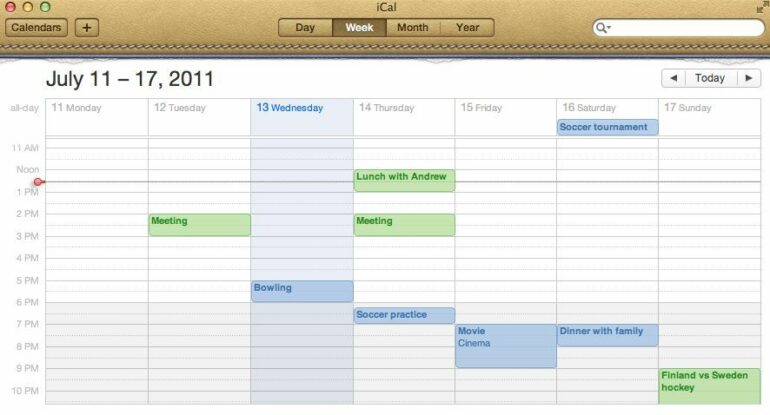Steve Jobs was undoubtedly an unmatched visionary in the realm of design. He was celebrated for his impeccable taste, attention to detail, and commitment to creating products that seamlessly merged technology with aesthetics. His contributions to product design are still considered the gold standard in the world of technology. Not only did Jobs believe in simplicity and minimalism, he also insisted on seamless integration of form and function. Under his leadership, Apple developed a distinct design language characterized by clean lines, minimalist aesthetics, and premium materials.

However, not every design decision made by one of the greatest business leaders of our time was loved by everyone. Remember Apple’s skeuomorphic approach to user interface design that peaked more than a decade ago? It was one of Apple’s most criticized and controversial design decisions. Believe it or not it wasn’t anyone else but Steve Jobs who insisted on the design direction. Furthermore, you’ll be surprised to learn that the upholstery inside Job’s private jet served as the inspiration behind the tacky faux leather pattern on the iCal app in iOS OS X.
What is Skeuomorphism?
Skeuomorphism is a design approach where digital or virtual objects mimic the appearance or characteristics of their real-world counterparts. What that means is it involves using design elements in a digital interface that resemble physical objects or materials, even though they serve no functional purpose in the digital realm. Steve Jobs always believed in this approach to make the user interface as simple and easy to use for users as possible.

The Macintosh in the 1980s used clear and deliberate metaphors for the physical world, including things like the desktop, trash can, folders, printers, and other icons. Most of them are still widely used.

When Apple launched the iPhone in 2007, it stuck with the skeuomorphic approach in an attempt to provide users with familiarity. Skeuomorphism peaked in Apple operating systems by 2012, and it was disliked by even the most loyal fans of the company and Jobs.

The skeuomorphic design approach was a hugely debated topic inside Apple back in those days. Apple iOS SVP Scott Forstal pushed for the design direction, while legendary industrial designer Jony Ive and other Apple top-level executives were against it, according to Fast Company that spoke to several Apple designers.

However, many insiders claim that it was Steve Jobs who encouraged the skeuomorphic approach. “iCal’s leather-stitching was literally based on a texture in his Gulfstream jet,” a former senior UI designer told Fast Company. “There was lots of internal email among UI designers at Apple saying this was just embarrassing, just terrible.”

In 2012, Forstal was fired, and Jony Ive and others took over the design of iOS. Apple finally replaced the skeuomorphic design elements with flat style and limited metaphors in iOS7, which came out on 18 September 2013 – almost 2 years after Jobs had passed away. “When we sat down last November (to work on iOS 7), we understood that people had already become comfortable with touching glass, they didn’t need physical buttons, they understood the benefits,” Ive said to USA Today in 2013. “So there was an incredible liberty in not having to reference the physical world so literally. We were trying to create an environment that was less specific. It got design out of the way.” Nevertheless, who would have thought Job’s obsession with his private jet would have resulted in something so terrible and controversial?

Steve Jobs’ heavily customized private jet
After being thrown out of Apple in 1985, Jobs was asked to return to the company in 1997. The legendary company Jobs co-founded was on the brink of bankruptcy, and he was given the unthinkable task of saving it from an imminent collapse. Within three years, Jobs scripted the biggest corporate turnarounds in history and paved the way for Apple to become the biggest and most popular brand of all time. While he had joined at the token salary of only $1 a year, the board was grateful for bringing the company back on the path of profitably and wanted to reward Jobs handsomely. While he continued with the dollar-a-year salary, he asked for a brand-new private jet. Without any surprises, his wish was happily granted by the board members.

The aircraft Steve Jobs was rewarded with was a Gulfstream V worth $45 million. It is a long-range, large business jet aircraft that Gulfstream Aerospace produced between 1997 and 2002 before replacing it with the improved G600. It has a range of 6,500nm (about 7,500 miles) and a top speed of Mach 0.885 (roughly 680 mph). Reportedly, Jobs was obsessed with the jet and spent over a year customizing the interior of the aircraft. He even took help from Apple’s chief design officer, Jony Ive, who is famous for penning the designs of some of the most iconic Apple products.



